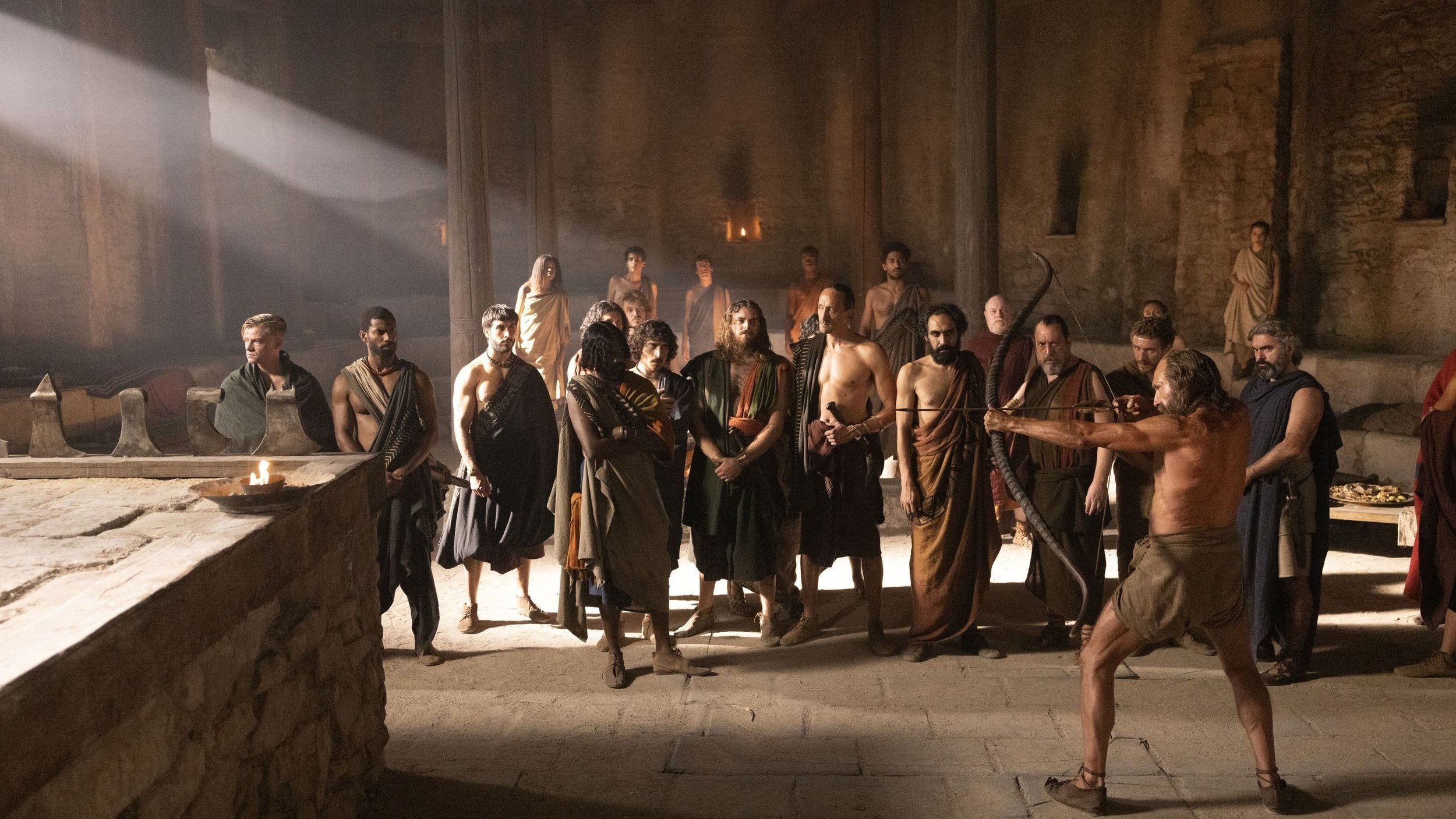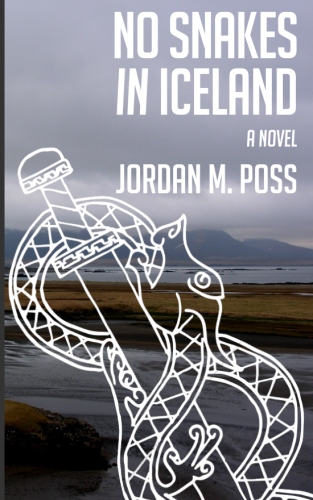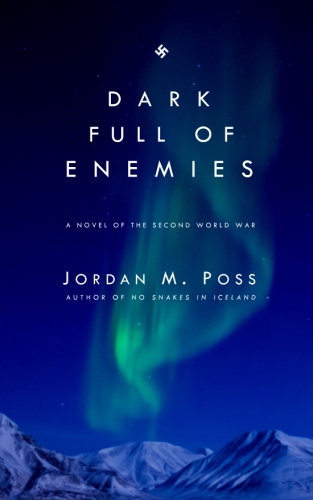Cicero vs Sumner
/One of my “runners up” or honorable mentions in last week’s spring reading list was Josiah Osgood’s Lawless Republic, which describes Cicero’s legal career with special emphasis on the early cases that made his name. I finished the book conflicted.
On one hand, it offers a succinct, vividly drawn picture of the legal system and courts in the late Roman Republic, including some insightful explanations of procedure and the way lawyers could try to game Rome’s intricate system of holy days to influence cases. I learned a lot in these passages, even with regard to familiar stories like Cicero’s prosecution of Verres. On the other hand, as I briefly noted last week, the book is not content to tell Cicero’s story, but has to reach—strain—to impart some kind of usable lesson for us in the present.
Here’s an odd interlude in the conclusion: writing of Cicero’s “achievements as a public speaker” and his belief that the legal system “offer[s] a better chance for accountable government and justice than does violence,” Osgood notes how “Cicero’s speeches have remained valuable examples of how to convince others.” He offers this example:
[I]n 1856 the abolitionist senator from Massachusetts, Charles Sumner, delivered on the floor of the United States Senate a five-hour speech, “The Crime Against Kansas.” Sumner attacked senatorial colleagues for trying to extend slavery into into the territory of Kansas. Of Senator Andrew Butler from South Carolina, Sumner said, “Of course he has chosen a mistress to whom he has made his vows, and who, though ugly to others, is always lovely to him; though polluted in the sight of the world, is chaste in his sight—I mean the harlot Slavery.” Famously, two days afterward, Sumner was brutally caned at his desk in the Senate by Senator Butler’s nephew, Representative Preston Brooks.
After cataloguing a few Ciceronian rhetorical features of Sumner’s speech, features that could just as easily be found in the oratory of Henry Clay or Daniel Webster or Jefferson Davis, Osgood concludes:
Cicero’s speeches should still be studied today for their limitations but also their rhetorical power. We shall be able to better understand the achievement of later orators such as Charles Sumner by doing so, even as Sumner's caning reminds us of the problems a republic faces when it denies equality to all.
Fair enough, but that very last point is a strange thing to take away from either the history of the Roman Republic or the Sumner-Brooks incident. The Romans would have been confused by our idea of equality and the demands we make based upon it. Their legal system wasn’t meant to create or enforce equality—and it is highly questionable whether any state should or even can—but to balance the interests and prerogatives of competing orders in order to maintain Order. The Romans had many flaws but they had no illusions about what a breakdown of order meant.
In the Sumner incident, however, a self-righteous, hypocritical blowhard publicly insulted a severely ill man who wasn’t present to answer him, and said man came from a culture in which personal honor would be defended by force if necessary. Sumner viewed that culture with contempt, to his detriment. Brooks’s caning—after, in accordance with protocol, challenging Sumner and demanding an apology—had immediate and lasting propaganda value. That turned a personal dispute into a political allegory that persists to this day. Here it is popping up in a book about Cicero.
The tacked-on quality of comments like these make me wonder if they were something demanded by the publisher. Regardless, I’d still recommend Lawless Republic for its early chapters, its insight into the functioning of Roman courts, and the important fact that Osgood does not annihilate the sources through gainsaying or deconstruction in order to allow himself to explain what “really” happened, like some prominent anti-Cicero classicists I could name but won’t.
As it happens, with John Buchan June just around the corner I’m reading Buchan’s short 1932 biography of Julius Caesar. Buchan, no mean classicist himself and an elegant writer, is more charitable toward Caesar than I’m inclined to be, but his narrative is compelling and his portrait of Cicero is quite good. A sample:
Cicero was for the moment the most popular man in Rome, for even the mob had been scared by the orgy of blood and ruin involved in Catiline’s success. He deserved the plaudits which he won, for he had made no mistakes; his secret service was perfect; he gave Catiline the necessary rope to hang himself; he had the nerve not to act prematurely, and when the moment came he struck hard.
It’s shaping up to be a Roman summer. I have Osgood’s previous book on Cato the Younger on standby. Stay tuned.


















